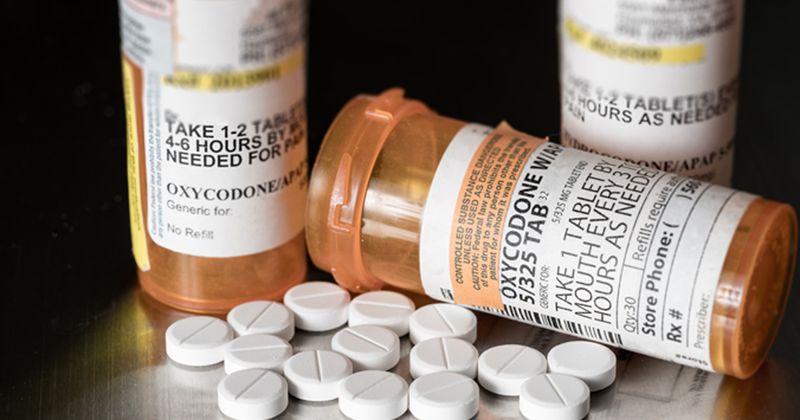Social determinants may help predict rates of opioid prescriptions, opioid-related death
Key takeaways:
- Opioid prescriptions by U.S. surgeons decreased between 2013 and 2017.
- Several social determinants of health were linked with increased opioid prescriptions per beneficiary and opioid-related deaths.
Social determinants of health may predict rates of opioid prescriptions per beneficiary and opioid-related death, according to recently published results.
Researchers utilized data from the Medicare Part D database to determine the mean number of opioid prescriptions per beneficiary [OPB] in 1,969 different counties in the United States. They also performed multivariable linear regression to compare social determinants of health between counties.

Overall, researchers found that the nationwide mean number of OPBs decreased between 2013 and 2017. Researchers also found the discrepancies in OPBs between counties decreased in 2017 compared with differences between 2013 and 2016.
In terms of social determinants of health at the county level, researchers found counties with a lower median age, higher percentage of bachelor’s degree holders, higher percentage of adults noting insufficient sleep, higher health care costs, a lower mental health provider-to-population ratio and higher percentage of uninsured adults were associated with increased OPBs.
According to the study, counties with fewer preventable hospital stays were associated with decreased OPBs.
In addition, counties with higher values for median household income, segregation index, percentage of active smokers, percentage of adults detailing insufficient sleep, percentage of adults with a disability and rate of preventable hospital stays were associated with increased risk of opioid-related deaths. Counties with lower values for the percentage of residents with obesity, percentage of adults reporting excessive drinking, mental health provider-to-population ratio and percentage of uninsured adults were also linked with increased risk of these deaths.
“Restricted access to county-level health care in general and mental health services in specific might be associated with higher OPBs,” the researchers wrote in the study. “Further studies are needed to examine whether improving access to health care and mental health services can help decrease opioid prescribing by surgeons.”

